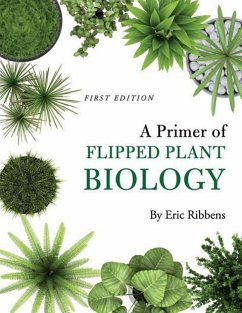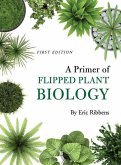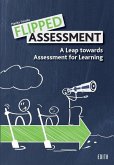"Designed for courses that use the "flipped" method, A Primer of Flipped Plant Biology prepares students to learn by presenting pre-lecture concepts and information for use in conjunction with clickers. Because students enter class ready to apply and develop what they have learned from the text, concepts can then be fully mastered during class sessions. The primer begins with an introduction to the flipping approach and educational clickers or interactive PowerPoints. Once students are familiar with how to use the text, they transition toward content mastery. They study the scientific method and define what makes a plant. They learn about the four major types of plants and their anatomy. They explore the growth of trees and the ways plants get nutrients. The book also discusses plant reproduction, plant responses to various environments, and plant evolution. The final chapters address Mendel's work with plant genetics, DNA technology, and the future of plants including potential genetic modification. Successfully blending textbook and technology, A Primer of Flipped Plant Biology is suitable for courses in introductory plant biology for majors in the field. Eric Ribbens holds a Ph.D. from the University of Connecticut. A professor at Western Illinois University, he is interested in plant recruitment and the little prickly pear Opuntia fragilis. Dr. Ribbens' recent publications include Chemical Eric Can't See and Thomas and Sally: The Interplay of Scientific and Historical Evidence, both published in the National Center for Case Study Teaching in Science Case Study Collection, and Chromosome counts of Opuntia (Cactaceae), prickly pear cacti, in the Midwestern United States and environmental factors restricting the distribution of Opuntia fragilis, coauthored with Lucas Majure in the journal Haseltonia. Dr. Ribbens is a member of the American Institute of Biological Sciences, the Botanical Society of America, and the Ecological Society of America."
Hinweis: Dieser Artikel kann nur an eine deutsche Lieferadresse ausgeliefert werden.
Hinweis: Dieser Artikel kann nur an eine deutsche Lieferadresse ausgeliefert werden.








